Gyeongju World (경주월드 어뮤즈먼트)
6.5Km 2021-05-25
544, Bomun-ro, Gyeongju-si, Gyeongsangbuk-do
+82-54-745-7711
Gyeongju, la capitale de l’ancien royaume de Silla, possède une histoire riche et abrite actuellement plusieurs Sites d’Héritages Culturels de l’UNESCO. Autrefois, on disait qu’à Gyeongju, peu importe où vous êtes, si vous creusez le sol vous serez susceptibles de trouver de l’artisanat datant d’avant la dynastie Silla. Construit comme un complexe de divertissement de grande envergure à l’intérieur du complexe touristique Bomun de Gyeongju, le Gyeongju World est situé près du lac Bomun. Le parc d’attractions est composé de 26 différents types de manèges comme des montagnes russes et des manèges de vikings. Il y a également de nombreux autres équipements disponibles comme le parc à luge, la piscine, et le large terrain de gazon qui peut être utilisé pour des parties de football, de volleyball, ou de foot volleyball. La grande aventure du Grand Canyon, un équipement de rafting, est également populaire auprès des visiteurs. Le parc, d’une surface de 264,464㎡, joue un rôle important pour attirer les visiteurs vers les sites historiques de Gyeongju, contribuant ainsi au secteur touristique de la ville.
.
Hanwha Resort - Gyeongju (한화리조트 경주)
6.6Km 2025-03-16
182-27, Bomun-ro, Gyeongju-si, Gyeongsangbuk-do
+82-54-777-8400
Hanwha Resort Hotels & Resorts is a leading hospitality & leisure company with the highest number of condominiums and golf courses across Korea. Hanwha Resort in Gyeongju Bomun Complex (a World Heritage site) has a wide range of subsidiary facilities including banquet halls, seminar rooms, a hot spring sauna, bicycle rentals, a bowling alley, an outdoor swimming pool, supermarket, singing room and more. There are a total of four designated guestrooms for people with disabilities, with rooms equipped with beds in the annex building. All rooms are equipped with up-to-date amenities while having a simple design that is always ready to welcome the visitors.
Sono Belle Gyeongju (소노벨 경주(구 대명리조트 경주))
6.8Km 2025-03-16
402-12, Bomun-ro, Gyeongju-si, Gyeongsangbuk-do
+83-1588-4888
Sono Belle Gyeongju offers guests a comfortable space to rest. Designed to provide the pleasure of a relaxing vacation, the hotel has a supermarket, Korean restaurant, cafeteria, wedding hall, banquet hall, sky lounge and more. Aqua World, the resort's indoor and outdoor waterpark, provides relaxation surrounded by nature.
Club de golf Bomun
7.0Km 2021-03-24
180-7 Mulcheon-ri Cheonbuk-myeon Gyeongju-si Gyeongsangbuk-do
+82-54-745-1680
Le club de golf Bomun offre un paysage spectaculaire, et se trouve à l’intérieur du complexe touristique de Bomun, une zone de loisirs internationale située à Gyeongju. De nombreux équipements sont disponibles, incluant des hôtels, des sources chaudes, un green de golf, un court de tennis, une salle de musculation, une boutique de souvenirs, un centre commercial et des sentiers de promenade. Le lac de Bomun est parfait pour la navigation, le yachting et la planche à voile.
Musée d'Art Wooyang (우양미술관)
7.0Km 2021-01-20
484-7, Bomun-ro, Gyeongju-si, Gyeongsangbuk-do
Le Musée d’Art Sonje, situé dans le Complexe Touristique Bomun, est une galerie privée d’art moderne établie en 1991. Des collections d’artistes modernes majeurs sont à l’affiche. Tandis que le Centre de Séoul se focalise sur des projets de terrains de jeunes artistes contemporains, celui de Gyeongju cible les célèbres collections d’art moderne et organise des retrospectives d’expositions d’artistes au milieu de leur carrière.
Près de 450 pièces de sculptures, peintures et photographies venant d’Europe et d’Amériques des années 90, ainsi que d’éminentes collections d’artistes coréennes des années 70 sont exposées au Musée d’Art Sonje. Sont particulièrement exposées des collections venant d’Europe de l’Est et des collections d’arts décoratifs, rares en Corée.
Il a aussi présenté de l’art moderne et de l’art contemporain d’une perspective historique à travers une exposition internationale à grande echelle, et prévoit d’accueillir une exposition spéciale pour les artistes locaux et étrangers au milieu de leur carrière et ayant suggéré des modes en avance sur leur temps. De plus, de nombreuses conférences et expositions ont été organisées afin de connaître les divers besoins des habitants, faisant du Musée d’Art Sonje un centre culturel majeur dans la communauté.
Zone Touristique Spéciale de Gyeongju (경주시 관광특구)
7.0Km 2025-04-02
614, Gyeonggam-ro, Gyeongju, Gyeongsangbuk-do
Gyeongju est la plus grande ville touristique du pays, et elle peut être qualifiée de véritable musée en plein air, tant on trouve du patrimoine culturel partout. Chaque chemin que l'on emprunte est un site historique, chaque paysage visible représente une histoire vivante, et tout ce que l'on rencontre peut être considéré comme un patrimoine culturel. Pour cette raison, en 1994, des zones telles que le centre-ville de Gyeongju, la région de Bomun et la région de Bulguk ont été désignées comme zones touristiques spéciales.
Dans cette zone touristique, plus de 300 sites classés comme patrimoine culturel sont répertoriés, dont de nombreux sont inscrits au patrimoine mondial de l'UNESCO. Parmi les principales attractions de la zone touristique figurent le Temple Bulguksa, la Grotte de Seokguram, et Daereungwon, ainsi que diverses installations de loisirs telles que le parc de l'exposition culturelle mondiale de Gyeongju, Gyeongju World et le Silla Millennium Park.
Musée d’art Solgeo de Gyeongju (경주 솔거미술관)
7.1Km 2025-05-08
614, Gyeonggam-ro, Gyeongju-si, Gyeongsangbuk-do
Mémorial de l’Exposition culturelle mondiale de Gyeongju (경주세계문화엑스포 기념관)
7.1Km 2025-05-16
614, Gyeonggam-ro, Gyeongju, Gyeongsangbuk-do (quartier Cheon-gun)
Salon Heritage (살롱헤리티지)
7.1Km 2025-10-23
614 Gyeonggam-ro, Gyeongju-si, Gyeongsangbuk-do
Le Salon Heritage est un centre de promotion des médias du patrimoine mondial situé dans le Mémorial de l’Exposition culturelle mondiale de Gyeongju, un bâtiment conçu par le maître architecte mondial Kengo Kuma, inspiré par le Daereungwon et les colonnes de basalte de Gyeongju. Il est conçu sur le modèle des salons du XVIIIe siècle en Europe, qui étaient des lieux de dialogue et d'échange. L'intérieur utilise des équipements et des médias numériques de pointe, tels que des écrans médiatiques, des tunnels médiatiques et une bibliothèque du patrimoine mondial (salon), pour montrer l'origine du patrimoine mondial et les villes du patrimoine mondial. Dans la bibliothèque, il est possible de consulter des documents sur le patrimoine mondial, et à travers le mur médiatique, les visiteurs peuvent rencontrer des quiz sur le patrimoine mondial.
Laseonjae (한국역사문화음식학교 라선재)
7.1Km 2024-12-18
424-33, Bomun-ro, Gyeongju-si, Gyeongsangbuk-do
+82-54-771-6005
Installé dans l'école culinaire de l'histoire de Corée et de la Culture à Gyeongju, le restaurant sert Rasonjae culinaires uniques plaisirs qui recréent la cuisine servie dans les cours royales de la dynastie Shilla. L'école a une réputation bien établie comme une institution culinaire qui excelle dans la préservation du goût et de styles de cuisine du passé. Rasonjae a été ouverte dans le but de promouvoir Isageum, le repas bien sûr Shilla de style que l'école élaboré après plusieurs années de recherche.
Le tableau Isageum composé de plats différents servi dans la cour royale de Silla: les plats sont faits de 9 rare, les ingrédients médicinaux appelé gujinmi. L'intérieur de Rasonjae est décoré la plupart en or, la couleur qui définit le royaume de Shilla. Note les colonnes de lotus modèles de feuilles et d'autres caractéristiques propres à des salles de banquet de la cour royale de Shilla. Le personnel du restaurant représente encore la splendeur de l'époque en portant robe traditionnelle Shilla, apparemment le transport de convives dans le temps tout en profitant d'une expérience de repas élégant et délicieux.
* Silla Isageum
- Entrée: bon pour l'estomac et les reins
- Plat principal: bon pour les poumons et le foie
- Dessert: bon pour le coeur
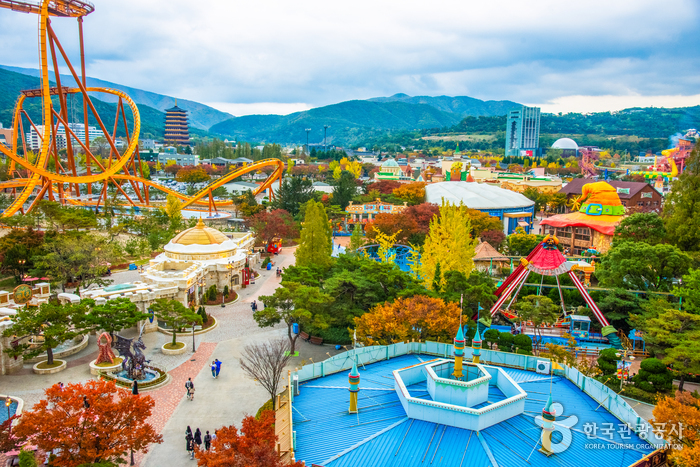
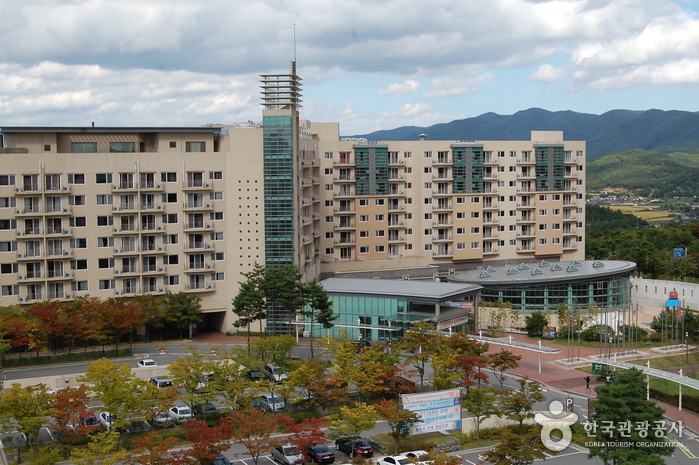
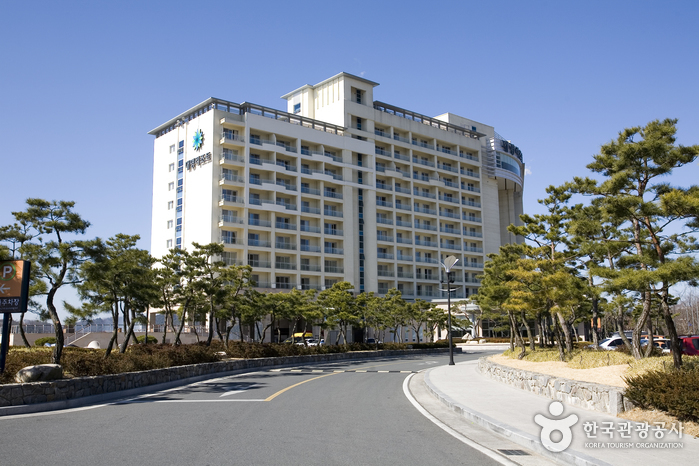

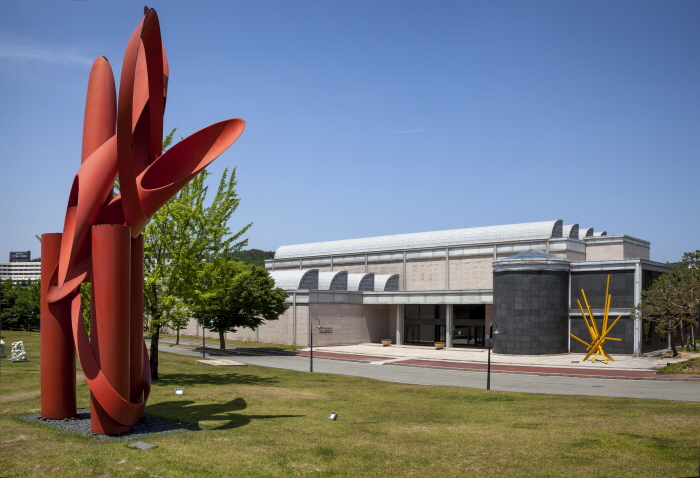
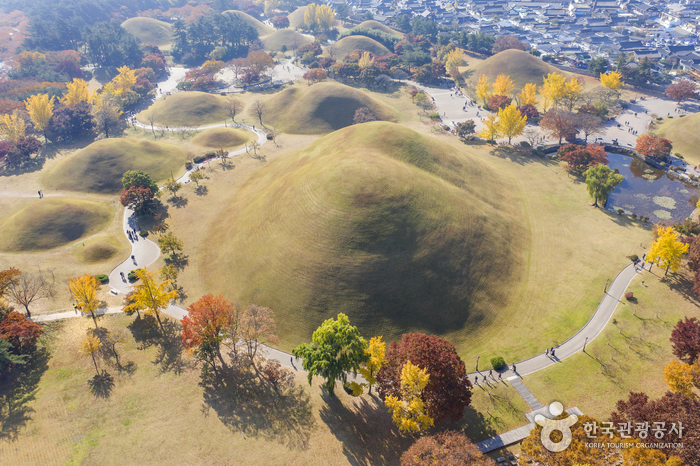
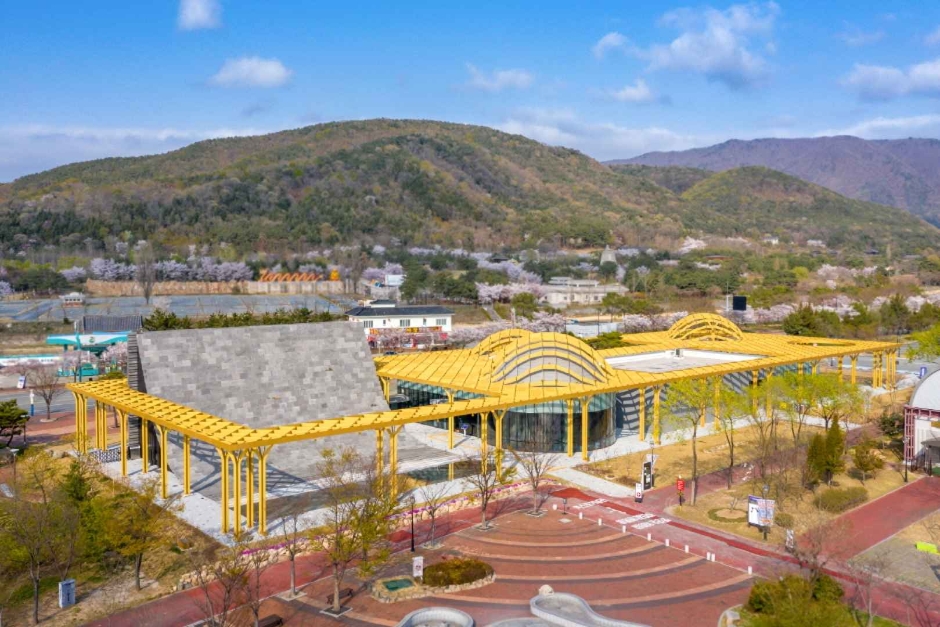
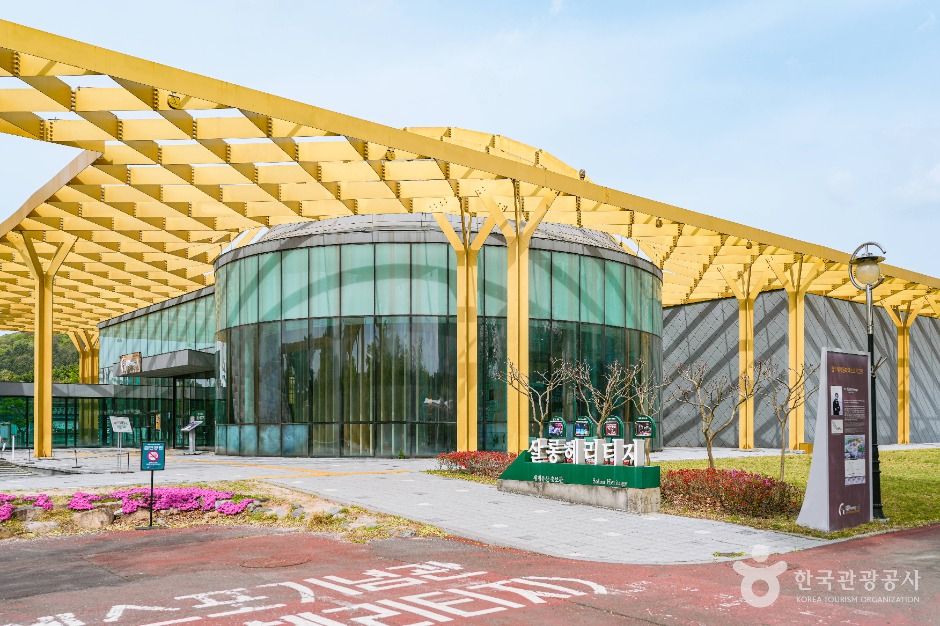
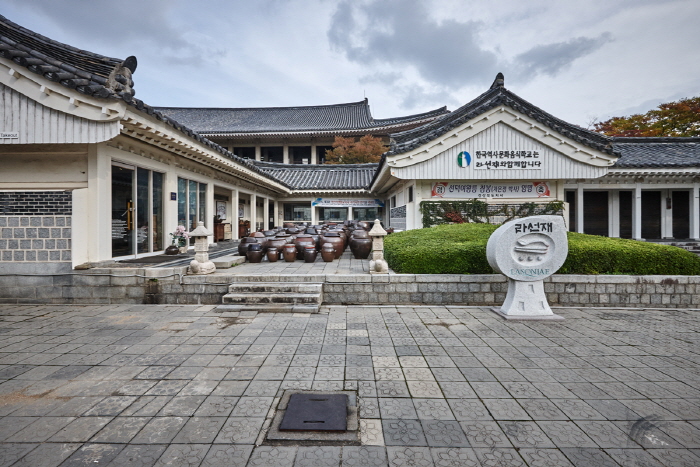
 Français
Français
 한국어
한국어 English
English 日本語
日本語 中文(简体)
中文(简体) Deutsch
Deutsch Español
Español Русский
Русский